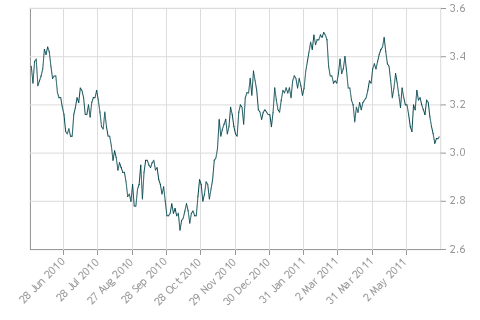Whenever I do equity research, I perform a stock screen for certain metrics, and then I give a superficial scan of the stocks that get spat out of the screener. It takes about a couple minutes per equity for me to determine whether it is worth my time to look further into the company or not – typically I throw out 90-95% of the companies in this process. For the remainder, I queue them up to look more thoroughly using a fairly standard methodology (a basic guide), and then if I continue to like what I see, I do some more depth on the industry in question and competitors, and other research.
Most of the time, when I do this extensive research, the equity is over my accumulation price target. More times than not you can rationalize why the market is giving the company the value it is currently trading at, so I end up setting a price alert if the stock goes under a certain price. An email gets sent to my inbox when this occurs. I then “set it and forget it”, and usually do not keep the stocks on my watch list until the price target is hit.
Once the stock hits the threshold price, I then re-evaluate the position to see if anything has fundamentally changed in my original analysis to justify the drop. The point of this process is to make sure that the news the market is pricing in is not fundamentally damaging to the business. Once this is done, then I can set some buy limit orders and then accumulate.
The whole point of this post is that there are typically dry spells when nothing reaches the price target. Then there are times where everything you set a limit for has the price target alert hit your inbox. Today was notable in that a couple stocks are now below my alert price – perhaps an omen?
